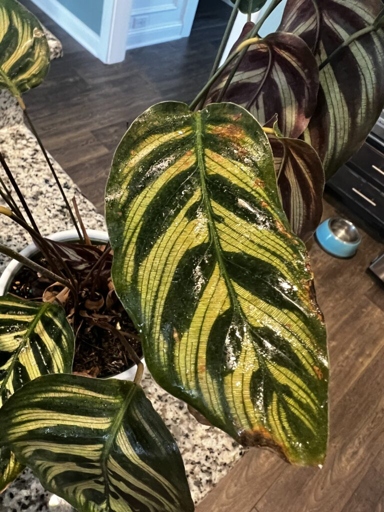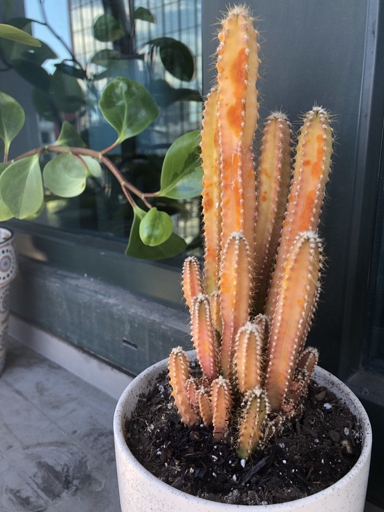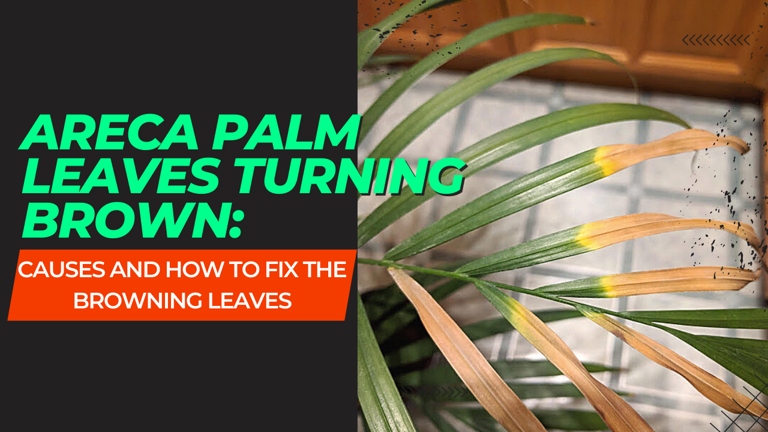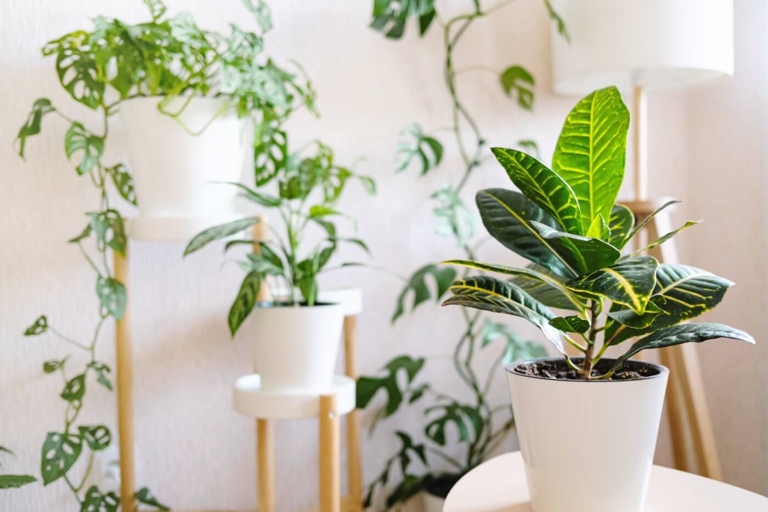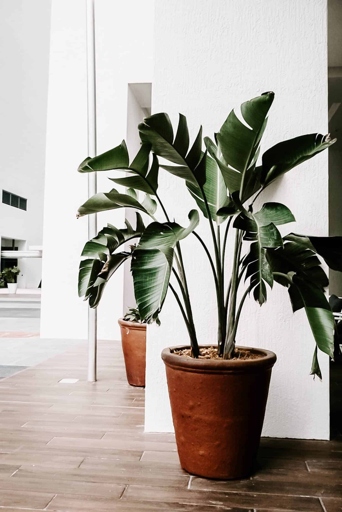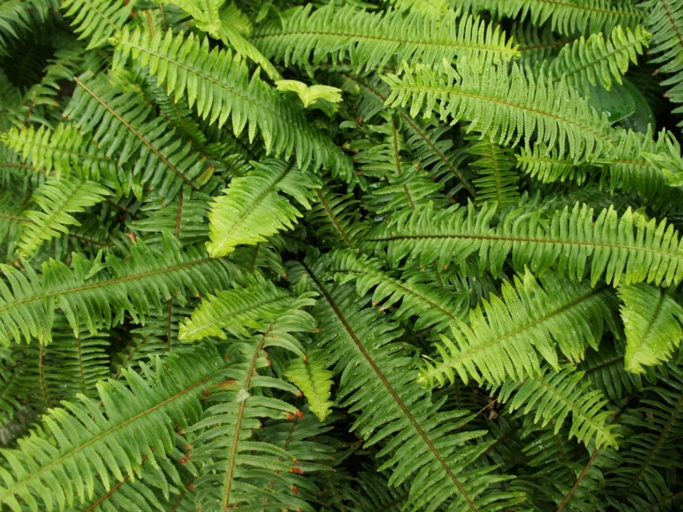Does Mint Like Coffee Grounds? (Pros and Cons)
If you love the smell of fresh coffee in the morning, you may be wondering if you can give your houseplants a little boost by using coffee grounds. After all, coffee grounds are rich in nitrogen and other nutrients that can help plants grow. But before you start using coffee grounds in your garden, it’s important to know that not all plants love coffee. In fact, some plants, like mint, can be seriously harmed by coffee grounds. In this article, we’ll take a look at the pros and cons of using coffee grounds in your garden, so you can make the best decision for your plants.


